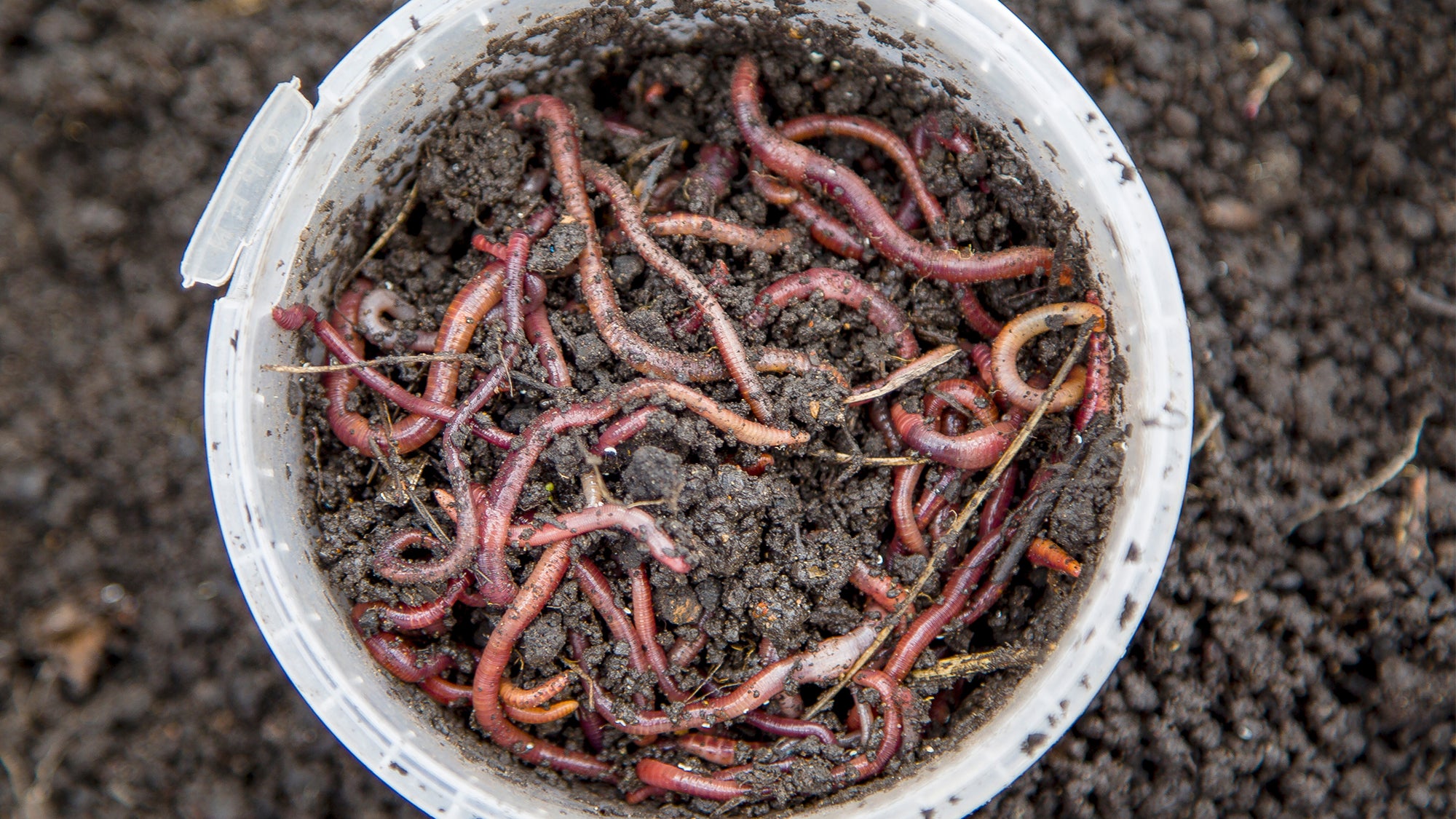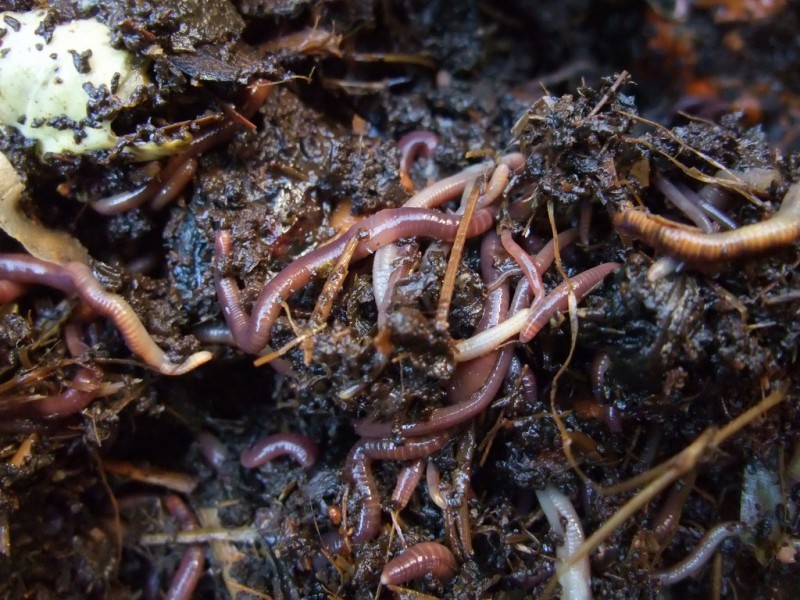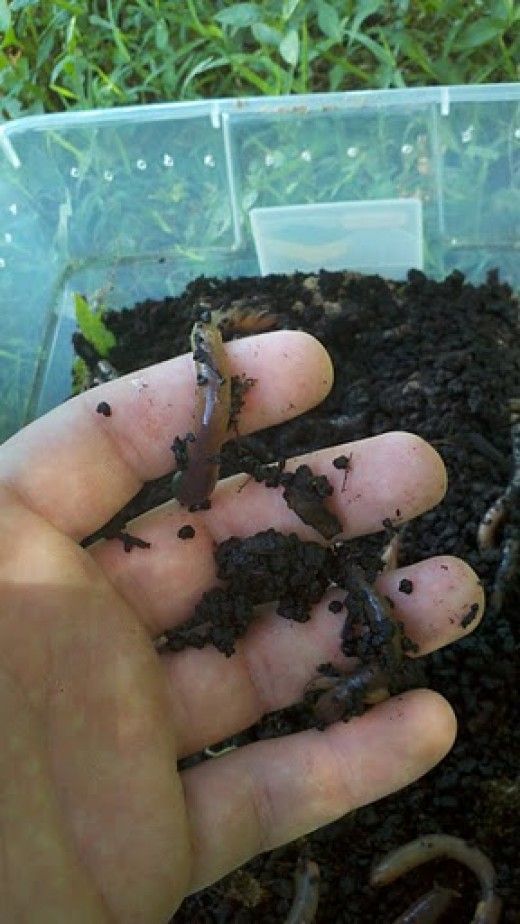In the ever-evolving world of fishing, anglers are constantly seeking ways to gain an edge over their finned adversaries. One often overlooked, yet incredibly effective, method of enhancing your fishing success is through the cultivation of your very own worm farm. By taking the time to establish a thriving worm-rearing operation, you can ensure a consistent supply of high-quality bait, while also contributing to the sustainability of your local ecosystem.
The Benefits of Cultivating Your Own Worm Farm
Worms have long been a staple in the world of fishing, prized for their irresistible allure to a wide variety of freshwater and saltwater species. However, the process of acquiring these wiggly wonders can often be tedious, time-consuming, and dependent on external factors, such as availability and weather conditions. By creating your own worm farm, you can overcome these challenges and unlock a myriad of advantages that will elevate your fishing experience.
Ensuring a Reliable Bait Supply
One of the primary benefits of maintaining a worm farm is the assurance of a consistent and readily available supply of bait. Rather than relying on the whims of nature or the schedules of local bait shops, you can cultivate your own thriving worm population, ensuring that you always have the essential ingredients for your next fishing adventure.

Tailoring the Worm Species to Your Needs
Depending on the specific fish species you target and the fishing environments you frequent, you can selectively cultivate the worm species that are best suited to your needs. This flexibility allows you to optimize the attractiveness and effectiveness of your bait, further enhancing your chances of success on the water.
Reducing the Costs of Bait Acquisition
By growing your own worms, you can significantly reduce the financial burden of constantly purchasing bait from external sources. Over time, the cost savings associated with a self-sustaining worm farm can be quite substantial, freeing up resources that can be redirected towards other fishing-related investments or expenses.
Promoting Sustainability and Environmental Stewardship
Beyond the practical advantages of a worm farm, this endeavor also offers the opportunity to contribute to the overall sustainability of your local ecosystem. By cultivating worms, you can help to support the natural food chain and provide a valuable source of nutrition for various terrestrial and aquatic organisms.
Reducing Waste and Promoting Composting
Many worm species, such as the ever-popular red wiggler, are highly effective composters, capable of breaking down organic matter and transforming it into nutrient-rich soil. By incorporating your worm farm into a comprehensive composting system, you can not only produce top-quality bait but also contribute to the health of your local environment.
Fostering a Healthy Ecosystem
The presence of a thriving worm population can also have a positive impact on the broader ecosystem, as these creatures play a crucial role in aerating soil, cycling nutrients, and providing food for a wide range of other organisms. By cultivating your own worm farm, you can become an active participant in the maintenance and enhancement of your local natural habitats.
Establishing Your Worm Farm
The process of creating and maintaining a successful worm farm may seem daunting at first, but with the right knowledge and a bit of hands-on experience, it can become a rewarding and sustainable endeavor. By carefully considering the essential elements of worm farming, you can set the stage for a thriving and productive operation.
Selecting the Appropriate Worm Species
The first step in building your worm farm is to choose the right species of worms for your needs. While there are numerous worm varieties, some of the most commonly used for fishing include red wigglers (Eisenia fetida), night crawlers (Lumbricus terrestris), and European nightcrawlers (Eisenia hortensis).
Researching the Unique Characteristics of Each Worm Species
Each worm species has its own specific habitat requirements, feeding preferences, and reproductive characteristics. By understanding the unique traits of your chosen worms, you can create an environment that supports their optimal growth and reproduction.
Acquiring a Starter Population
To begin your worm farm, you’ll need to obtain an initial population of worms. This can be done by purchasing worms from a reputable supplier, collecting them from your local environment, or even requesting a starter culture from fellow anglers or worm farmers.
Constructing the Worm Farm Enclosure
The housing for your worm farm is a critical component, as it must provide the necessary conditions for the worms to thrive. There are several options for worm farm enclosures, ranging from simple bins or containers to more elaborate multi-tiered systems.
Selecting the Appropriate Container
The size and material of the container you choose will depend on the scale of your worm farming operation and the specific species you are cultivating. Common options include plastic bins, wooden crates, or even repurposed containers like old coolers or tubs.
Ensuring Proper Drainage and Ventilation
Adequate drainage and ventilation are essential for maintaining the optimal moisture and oxygen levels within the worm farm. This can be achieved through the inclusion of drainage holes, air vents, or even the integration of specialized worm bin designs.
Providing the Ideal Bedding and Food Sources
The bedding and food sources you offer your worms will play a crucial role in their health, growth, and reproduction. Carefully selecting and managing these elements can help you create a thriving and self-sustaining worm farm.
Choosing the Right Bedding Materials
Common bedding materials used in worm farms include shredded newspaper, cardboard, coconut coir, or a blend of organic matter. These materials provide a comfortable living environment and help maintain the ideal moisture and pH levels.
Supplementing with Nutritious Food Scraps
In addition to the bedding, worms require a steady supply of food to fuel their growth and reproduction. Fruit and vegetable scraps, coffee grounds, and other nutrient-rich organic matter can serve as excellent food sources for your worm population.
Maintaining and Optimizing Your Worm Farm
Establishing a successful worm farm is just the beginning; to ensure a continuous and reliable supply of bait, you’ll need to develop a comprehensive maintenance routine and continually optimize the conditions within your worm enclosure.
Monitoring and Adjusting Environmental Factors
The health and productivity of your worm farm are heavily influenced by various environmental factors, such as temperature, moisture, and pH levels. Regularly monitoring and making necessary adjustments can help you maintain optimal conditions for your worms.
Maintaining the Ideal Temperature Range
Worms thrive in moderately cool environments, typically within the range of 55°F to 77°F (13°C to 25°C). Ensuring that your worm farm stays within this temperature range can promote active feeding, reproduction, and overall worm population growth.
Regulating Moisture Levels and Preventing Drying or Waterlogging
Worms require a consistently moist, but not overly wet, environment. Checking the bedding regularly and adding or draining water as needed can help maintain the ideal moisture levels for your worms.
Managing Harvesting and Replenishment
Carefully harvesting mature worms for fishing, while simultaneously replenishing the population, is a crucial aspect of maintaining a thriving and sustainable worm farm.
Selective Harvesting Techniques
Employing gentle harvesting methods, such as hand-sorting or using specialized worm-extraction tools, can help you selectively remove mature worms for your fishing needs while leaving the younger, reproducing population intact.
Replenishing the Worm Population
To ensure the continuous growth and regeneration of your worm farm, you’ll need to regularly add new bedding materials, food sources, and, if necessary, additional worms to the enclosure.
Troubleshooting and Addressing Common Issues
As with any living system, your worm farm may encounter occasional challenges or problems. Being prepared to identify and address these issues can help you maintain a healthy and productive worm population.
Recognizing and Resolving Common Problems
Issues such as excess moisture, pest infestations, or poor worm growth can arise in a worm farm. Understanding the potential problems and implementing appropriate solutions can help you quickly address any challenges and keep your worm farm thriving.
Seeking Guidance and Resources
If you encounter any persistent issues or have questions about the management of your worm farm, don’t hesitate to reach out to experienced worm farmers, fishing communities, or relevant online resources for guidance and support.
Conclusion: Cultivate Your Own Bait and Elevate Your Fishing Success
Cultivating your own worm farm is a rewarding and sustainable endeavor that can significantly enhance your fishing experience. By ensuring a reliable supply of high-quality bait, contributing to the health of your local ecosystem, and honing your skills as a worm farmer, you can unlock a new level of fishing success and satisfaction.
As you embark on your worm farming journey, remember that the key to a thriving operation lies in your dedication, patience, and a willingness to learn and adapt. Through careful planning, meticulous maintenance, and a commitment to continuous improvement, you can transform your worm farm into a self-sustaining source of bait that will serve you well on the water, year after year.
Embrace the art of worm farming and become an active steward of your local natural resources. By cultivating your own crawlers, you not only secure a dependable supply of bait but also contribute to the overall balance and health of the ecosystems that sustain the fish you so passionately pursue. As you reel in your next trophy catch, take pride in the knowledge that your worm farm played a vital role in your success.
